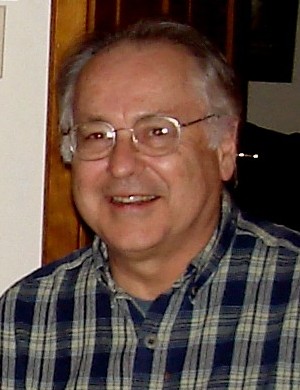Year: 2012 Pages: 8
As the forms and structure of matter becomes smaller, the more wavelike its behavior became until the distinctions between particle and wave became uncertain. To deal with this the particle/wave ambiguities, the mathematics of uncertainty was developed and this became known as the Uncertainty Principle. The error has been in assuming that what we think that what happens structurally at our mencroscale, which is some 1045 powers larger than the fundamental scale of reality, is what is happening throughout all scales of reality. Last year at the NPA-18 conference I outlined the problem as being the result of our inability to understand structure and its relationship to form in a paper titled, ?The Meaning of Structure?.
Field Structure Theory (FST) working in the mencroscale discovered a topology (Structural Skew Topology ? SST) that could be applied to all scales of structure. FST does this by delineating form and structure using only loops of action. Because form and structure are fractal in nature, they are scalable. This allows mencroscale forms to be replicated at larger or smaller scales. Once a way to delineate how action becomes energy and the energy interacts to build form, momentum and position can be known simultaneously. FST reveals what a multiple certainty looks like, how fields produce multiple certainties, and how matter is not localized as it appears to be in a field. Multiple Certainties postulates that at the quantum scale both position and momentum can be known concurrently by recognizing that where something is, is determined by knowing the number of loops in the quantum system and the number of places the loops interact in the field. This can be known by building the model knowing only the frequency of the form and Planck's constant. Applying fieldstructure formalism to spectral analysis, it can then be understood that depending on its energy, a particle has a discrete number of places it can be found and where those places are within the field.


